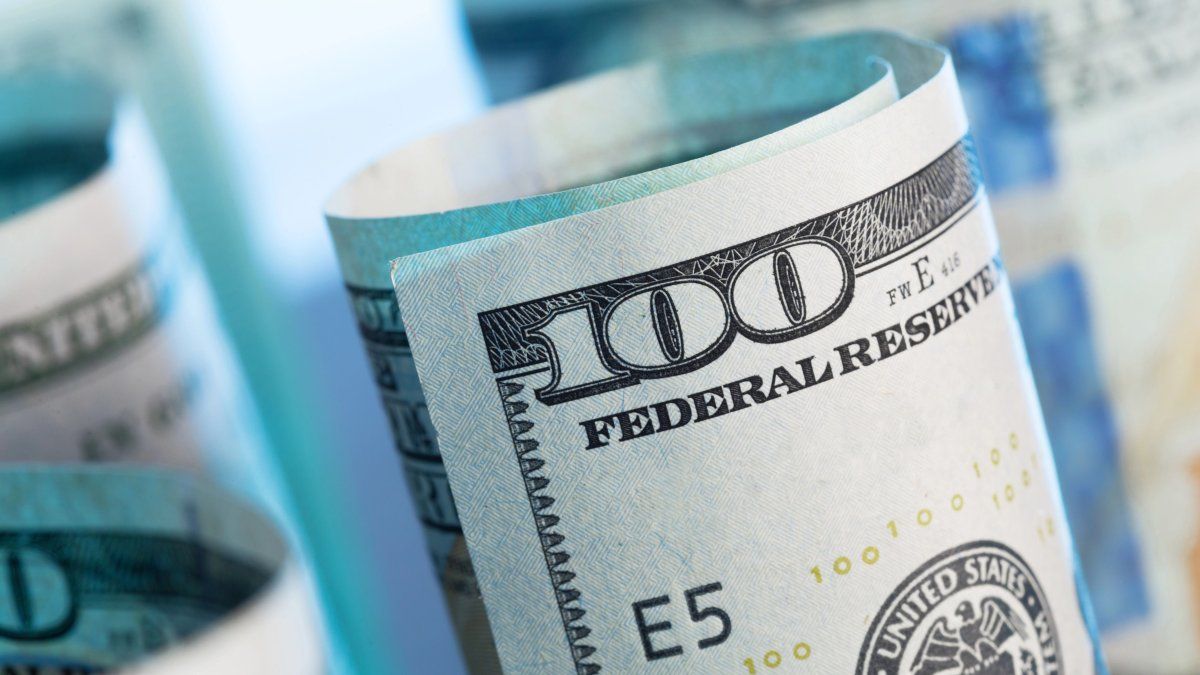Believe it or not, Mitsubishi has a sporting history. While SUVs, vans and small cars set the tone nowadays, things were completely different in the 80s and 90s. But who still knows a Mitsubishi Starion today?
Some people in Germany remember the luxury coupé of the Mitsubishi 3000 GT, not only because of the Franz Beckenbauer special edition, but the Starion was already parked in the third row against competitors such as VW Scirocco / Corrado, Porsche 924/944 or Toyota Celica hardly staged. The turbo version was a real show and was also offered in intercontinental countries under the name Conquest by the Chrysler brands Chrysler, Dodge and Plymouth. Not unusual for the 1980s: the Starion was also equipped with pop-up headlights and a large glass rear window, which gave some sports cars the charm of a very special time. Air conditioning, power windows and headlamp washers were more than what most competitors offered as standard.
The almost 1.4-ton Mitsubishi Starion is particularly spectacular as a 2.6-liter turbo version, which was offered as a wide body with a so-called widebody from 1987 onwards. Similar to the Audi Quattro or Lancia Delta, the mid-range athlete not only got a slight performance boost, but also exhibited wheel arches and lush spoilers, which made it look much more aggressive. Despite its 2.6 liter four-cylinder with turbocharging and intercooler, the Starion widebody had just 114 kW / 155 PS and a maximum torque of 284 Nm, which was, however, at an unusually low 2,500 rpm.
Below this range, not much happens when you accelerate, but once the tour counter has passed the magic mark, things look very different. Then the 4.43 meter long 2 + 2-seater with its neatly contoured sports seats hangs well on the gas and makes the Japanese a serious competitor of the Porsche 944 and Co. The engine runs unusually smoothly and quietly because of two built-in balance shafts Cylinder quartet with a stately 2.6 liter combustion chamber. The promised 10.6 liters of normal fuel per 100 kilometers could, however, be increased significantly with a sporty foot on the accelerator. However, the four-cylinder turbo was too weak on the chest for real consumption.
While driving, the driver looks at red sports instruments, which are flanked on the left and right by pushbuttons that can be used to operate the light orchestra. Characteristic for the time – especially with Japanese models: a sport leather steering wheel that fits comfortably in the hand and spindly steering column stalk. It is a real cockpit in the Starion, which could also have come from a spaceship, although the playful digital displays of some Nippon models are missing. In addition, the Mitsubishi Starion, despite its thick cheeks and the sports car charm, was easy to bake at home. The sports seats can be adjusted in an unusually wide variety of ways – even the side cushions and thigh rests can be adjusted to suit the driver and front passenger with a slightly tricky adjustment. By the way, the ABS anti-lock braking system at Mitsubishi was still called ASBS – anti-skid braking system. Unusual: at 1.47 meters, the track width is slightly wider at the front than at 1.45 meters at the rear.
With a well-practiced interaction of clutch, gas and five-speed manual gearbox, it goes from a standing start to 100 km / h in just eight seconds and the top speed is at least 215 km / h. Not much, but a decent value for the relatively narrow 155 turbo hp. There is a McPherson axle at the front and rear, and the widebody kit means the significantly better 16-inch rims. The narrow construction variant was still on the road with 195/70 VR 14 wheels. In addition, the Breitbau got mixed tires with 205s at the front and 225s at the rear, which made the look even better than the driving behavior itself.
The range of used Mitsubishi Starions is tiny. Hardly any vehicles are offered in Germany and Europe. Prices start at less than 10,000 euros, but with a corresponding history and in a reasonable state of maintenance, a well-maintained Starion Turbo can cost 15,000 euros or more. Apart from the plastic surfaces inside and the outdated seats and panels, the quality is usually very good. And you can drive a real exotic sports car from the cool 1980s for less than 20,000 euros.
I am a 24-year-old writer and journalist who has been working in the news industry for the past two years. I write primarily about market news, so if you’re looking for insights into what’s going on in the stock market or economic indicators, you’ve come to the right place. I also dabble in writing articles on lifestyle trends and pop culture news.




